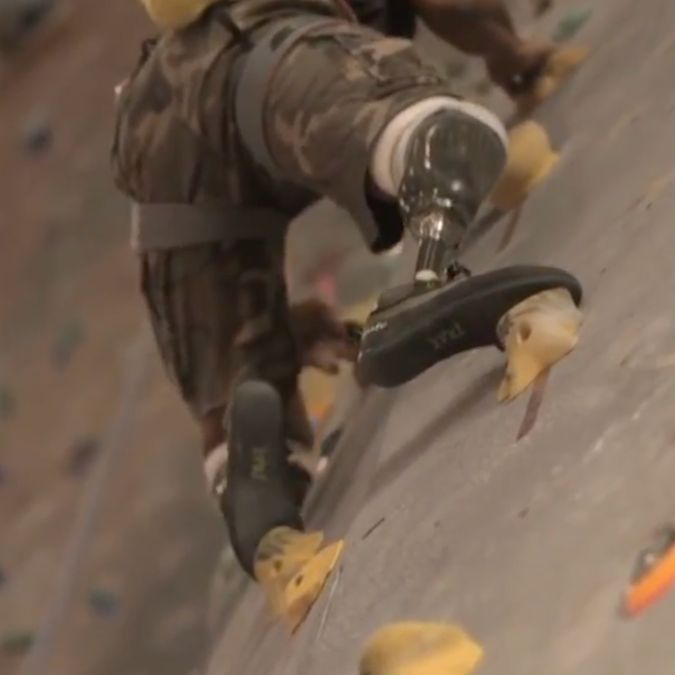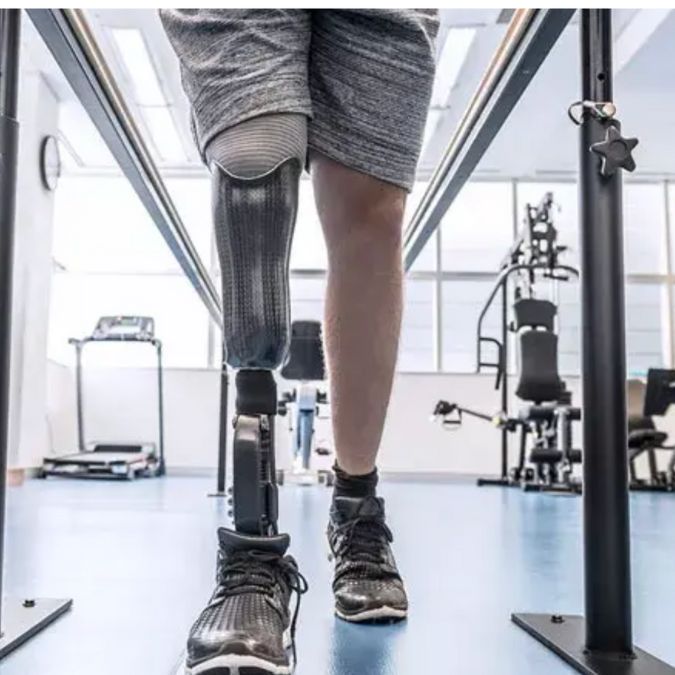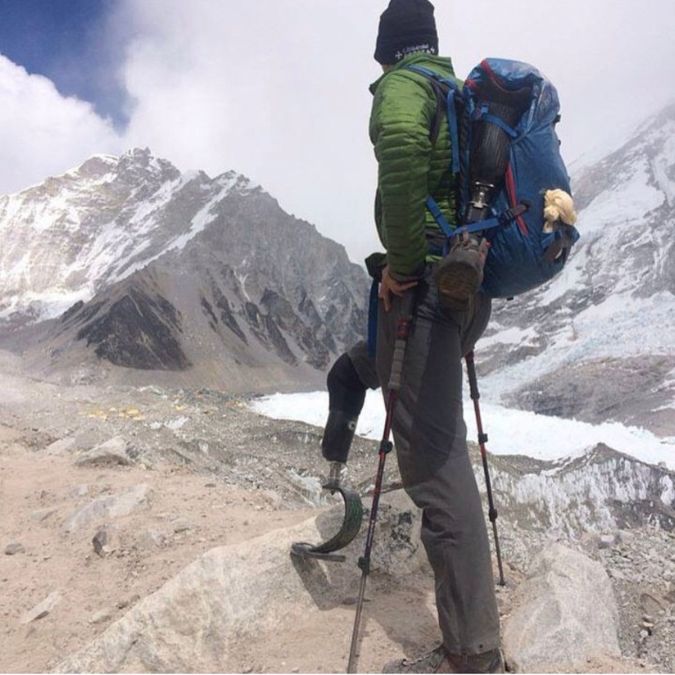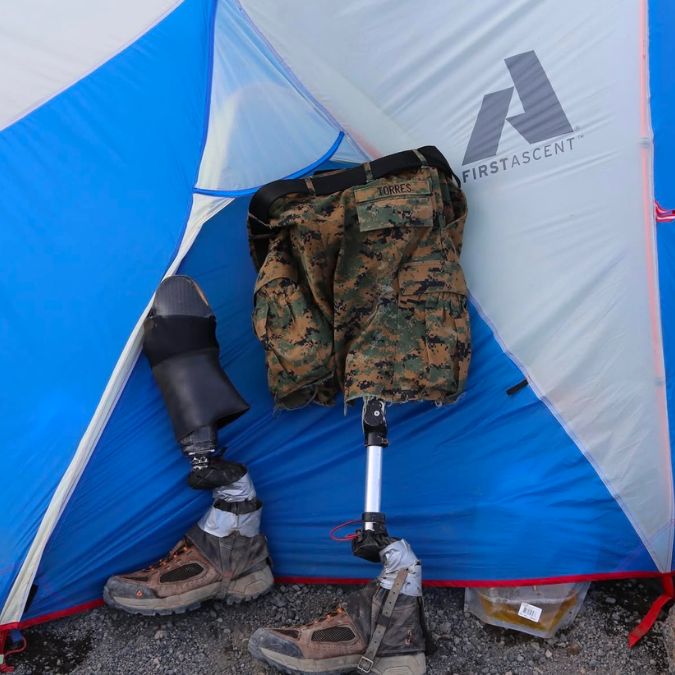There are currently millions of people living with limb loss and limb difference in the United States. The total figures are expected to double by 2050. With hundreds of Americans losing a limb to amputation every day, limb loss has a significant impact on the overall health and well-being of our country.
Did You Know?
1. The most common type of amputation is below-knee amputation.
2. Most prosthetics are designed using titanium, aluminum, and carbon fiber.
3. 77% of all amputation processes are performed on males.
4. In 200 people have lost a limb in the U.S.
5. 2.1 million people are living without a limb
6. Almost 500 amputations are performed each day all across the world
7. There are over 1 million limb amputations globally every year, one every 30 seconds.
8. The VA serves more than 45,000 Veterans with major limb loss.
9.The average prosthesis lasts no more than 5 years. An amputee has to change it after a course of 5 years whether it is worn out or not.
10. The oldest prosthetic wear was found in the year 2000 in the city of Cairo. It was a prosthetic toe made of wood and leather and dated back to 3000 years.
11. Many amputees feel a phantom limb sensation. It’s a sensation that your limb is still attached to the body when in actuality, it's not.
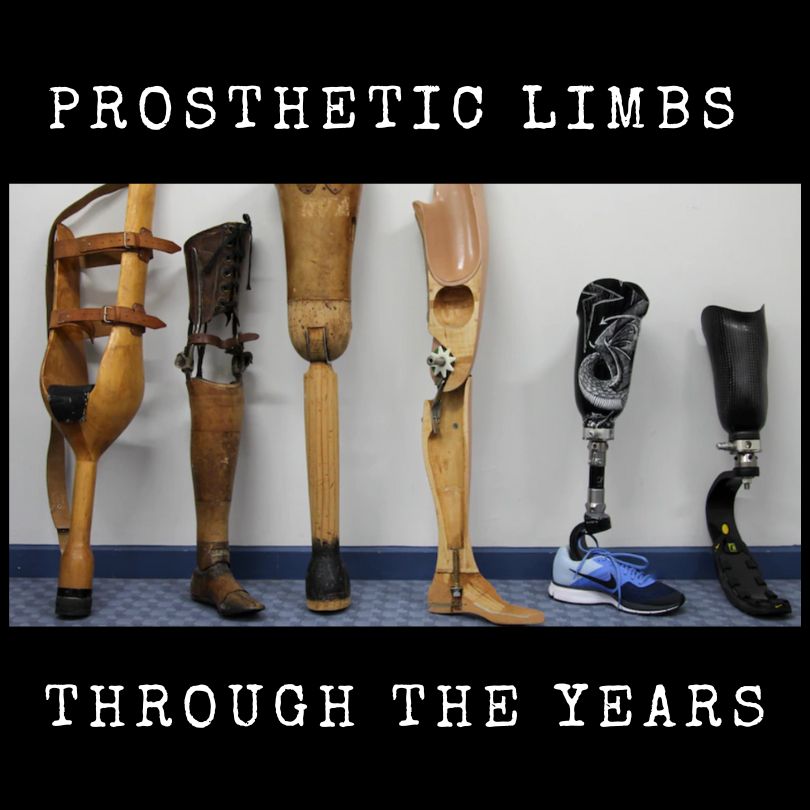
Limb Loss: Understanding the Impact and Path to Recovery Limb loss refers to the complete or partial loss of a limb, which can occur due to various reasons such as accidents, combat-related explosions medical conditions, or congenital disabilities. This life-altering event can significantly impact an individual's physical, emotional, and social well-being.
Causes of Limb Loss:
Traumatic injuries: Accidents involving vehicles, falls, or explosive incidents during warfare can result in severe injuries leading to amputation.
Medical conditions: Diseases such as diabetes, peripheral artery disease, and infections can necessitate limb removal.
Congenital limb deficiencies: Some individuals are born with limbs that are underdeveloped or missing.
Emotional and Psychological Effects: The journey following limb loss is often accompanied by a range of emotions, including grief, anger, and anxiety. Individuals may struggle with their self-image and face challenges in adapting to their new circumstances. Support from friends, family, and mental health professionals is crucial during this time.
Rehabilitation and Adaptation:
Prosthetics: Many individuals benefit from prosthetic limbs, which can help restore mobility and functionality.
Physical therapy: Rehabilitation programs play a vital role in helping individuals regain strength, balance, and confidence.
Support groups: Connecting with others who have experienced limb loss can provide valuable emotional support and encouragement.

Limb loss is a challenging experience that requires resilience and adaptation. By understanding the causes and effects, individuals can seek appropriate support and resources to navigate their journey toward recovery and reintegration into everyday life.
The Heroes Project is dedicated to assisting injured veterans and military personnel through innovative and effective nature-based programs designed to help them regain hope and strength and reconnect with the Soldier/Marine who has been lost.
Stay connected and subscribe for updates to learn more about our initiatives, or feel free to explore our website here. If you're interested in providing financial support, consider donating today.
Stay tuned for updates, behind-the-scenes looks, and ways you can get involved. Together, let's make a difference! ❤️🇺🇸
